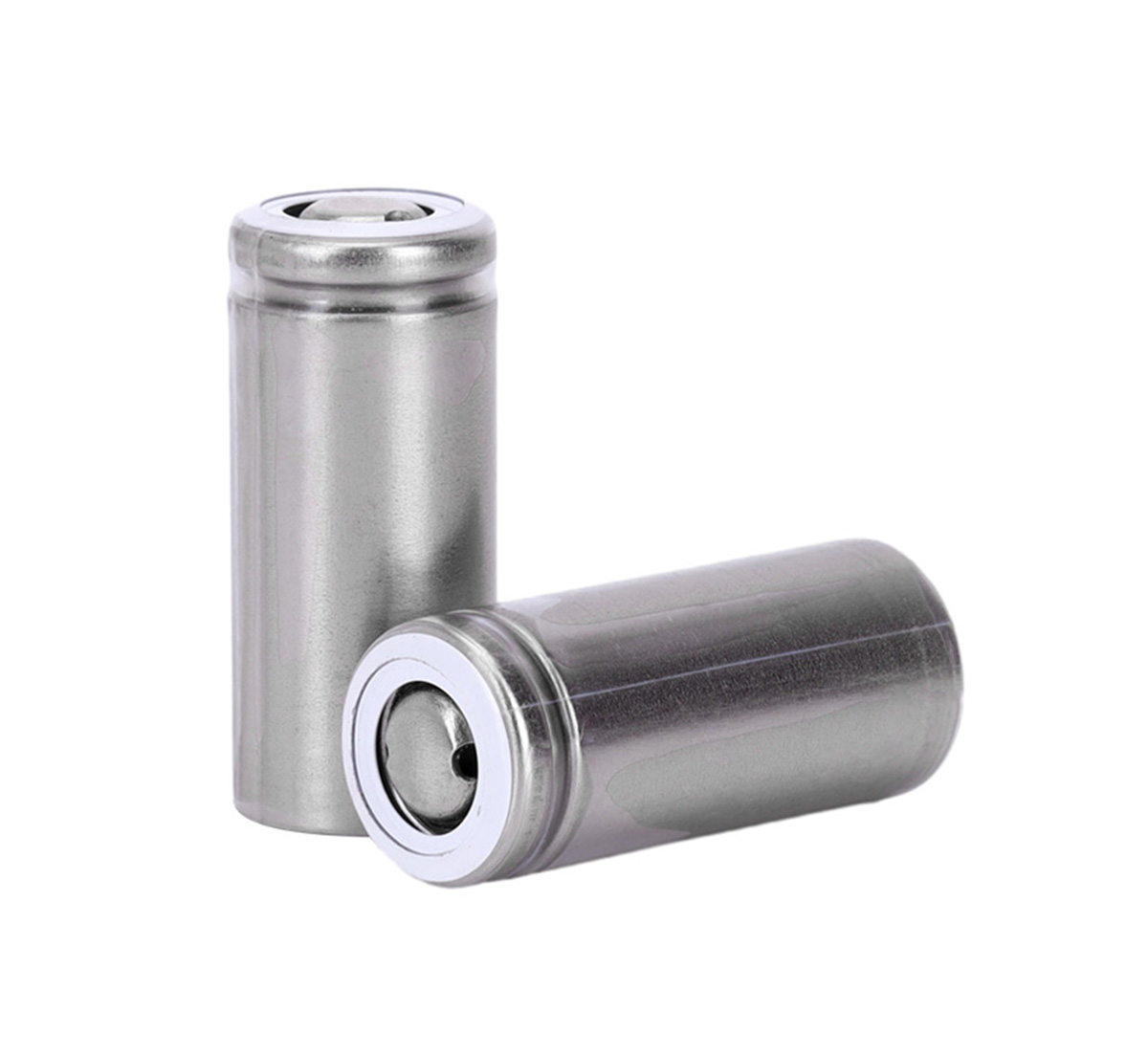Time:2024-03-16 Preview:1 source:News

Researchers at the University of Cambridge have just identified a new group of materials that could be used to create higher-power batteries. They found that lithium ions can move through the complex microstructure of the niobium tungsten oxide material at speeds far faster than typical electrode materials, meaning it can charge faster. In short, this discovery could hold the key to building the next generation of lithium-ion batteries. They're expected to charge in minutes (rather than hours) without dangerously overheating.
Research Figure-1: Crystal structure/particle morphology of Nb16W5O55 and Nb18W16O93
Since the 1990s, lithium-ion batteries have been continuously and widely used. Unfortunately, the improvement in energy density is only 3 to 4% per year—far lower than the expectations of electric vehicle and consumer electronics manufacturers.
What’s more, these improvements often come from optimization of packaging materials rather than the electrodes themselves. This strategy does little to compensate for another inherent shortcoming of battery technology – slow charging.
In order to increase the charging rate, it is necessary to speed up the flow of charged lithium ions from the positive electrode to the negative electrode. Previously, scientists have been trying to achieve this goal by building special nanostructures inside the electrodes:
The move is intended to reduce the distance lithium ions can travel, but particles are tricky and expensive to use, and they also create unnecessary chemical reactions that shorten the life of the battery.
Research Figure-2: Electrochemical properties of two substances
In the latest discovery from the University of Cambridge, researchers took a different approach:
It chooses larger particles that are rigid and have an open columnar structure. This structure allows lithium ions to move in large quantities without hindrance, thereby increasing their circulation by several levels.
New electrode materials could also be safer alternatives:
The negative electrode in most lithium-ion batteries is made of graphite. During high-speed charging, dendrites, the microstructure of lithium fibers, are particularly formed.
Dendrites can cause batteries to short-circuit or even catch fire, but Cambridge University's new electrode material does not.
Research Figure-9: Expectations of bulk and bronze-type ternary niobium tungsten oxides, and electrochemical comparison with binary niobium oxides.
Professor Clare Grey, senior author of the study, said:
In fast charging applications, safety is an area that needs more attention. Potential new materials like these are definitely worth a look as we need a safer alternative to graphite.
Furthermore, nanostructures require multiple steps to fabricate, leading to extremely low yields and scalability issues.
In contrast, niobium tungsten oxide is simpler to make and requires no additional chemicals or solvents. Of course, we still have a lot of work to do before putting it into practical applications.
Related suggestion: